The best practices to follow when creating Actions in GitHub
Creating GitHub Actions that are efficient, reusable, and well-maintained involves adhering to best practices.
Here’s a detailed look at how to create effective GitHub Actions.
1. Create Chainable Actions
Chainable Actions are actions that can be combined or used as steps within other actions. They simplify workflows by reusing existing actions.
Best Practices:
Design actions with a clear set of inputs and outputs to make them reusable in various contexts.
Use outputs to pass data between actions.
Ensure actions return exit codes to signal success or failure.
Example: Chainable Action
xxxxxxxxxx131nameExample Chainable Action2inputs3 message4 descriptionThe message to print5 requiredtrue6outputs7 result8 descriptionThe result of printing the message9steps10runecho $ inputs.message 11 idprint-message12idsave-output13 result$ steps.print-message.outputs.result 2. Version Your Actions
Versioning ensures that you can manage changes and maintain backward compatibility.
Best Practices:
Use semantic versioning (e.g.,
1.0.0,1.1.0, etc.).Update the version in
action.ymland tag releases accordingly.Increment versions for significant changes (breaking changes), patches, or improvements.
Example: Versioning Action
xxxxxxxxxx61nameMy Action2version1.2.33inputs4 name5 descriptionName of the user6 requiredtrue3. Provide a Latest Label
Latest Label allows users to easily identify and use the most recent version of your action.
Best Practices:
Use the
latestlabel for your most stable or actively maintained version.Ensure
latestis always up-to-date with the current, most functional version.
Example: Setting Latest Version
xxxxxxxxxx21nameMy Action2version1.2.34. Add Appropriate Documentation
Documentation is critical for the usability and adoption of your GitHub Actions.
Best Practices:
Include a README file with an overview, usage instructions, examples, and explanations.
Ensure inputs and outputs are well-documented with required fields and types.
Add examples of how to use the action in workflows.
Example: Action Documentation
xxxxxxxxxx121nameDeploy Action2descriptionDeploys a project to a specified environment.3inputs4 environment5 descriptionThe environment to deploy to6 requiredtrue7 app8 descriptionThe application name9 requiredtrue10outputs11 status12 descriptionDeployment status5. Add Detailed action.yml Metadata
The action.yml metadata helps users understand what your action does and how it works.
Best Practices:
Include essential metadata like description, inputs, outputs, and usage examples.
Clearly define requirements and compatibility, e.g., supported operating systems, runtime environments, etc.
Example: Detailed Metadata
xxxxxxxxxx91nameMy Action2descriptionA simple action for testing3inputs4 test_type5 descriptionType of test to run6 requiredtrue7outputs8 result9 descriptionThe result of the test6. Consider Contributing to GitHub Marketplace
GitHub Marketplace provides a central location for users to discover, share, and install GitHub Actions.
Best Practices:
Optimize your action for visibility by using keywords and a descriptive README.
Ensure security, reliability, and performance of your action to meet marketplace standards.
Encourage contributions and collaborations by making your action public and open for feedback.
Example: Publishing to Marketplace
Create your GitHub Action in a public repository.
Configure
action.ymlwith all necessary metadata and versions.Publish to the Marketplace via the GitHub interface or API.
7. Consider Error Handling and Debugging
Error Handling: Provide meaningful error messages and allow retry mechanisms where applicable.
Debugging: Include options to run in a debug mode to troubleshoot issues more effectively.
Summary
By following these best practices, you can create GitHub Actions that are robust, reusable, and widely used by the community.




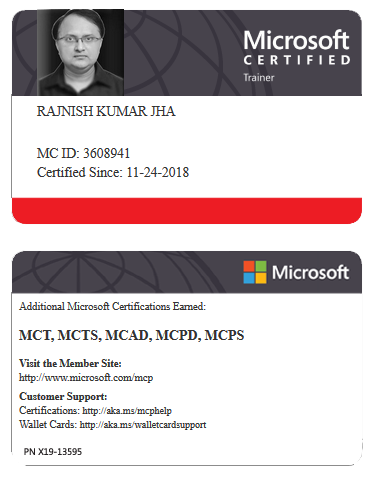




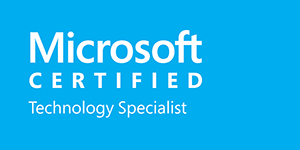
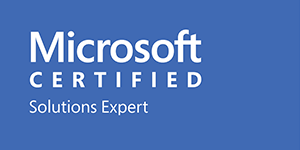
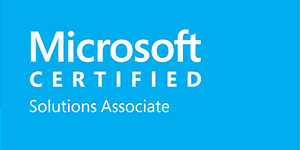
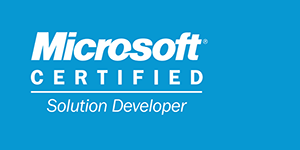
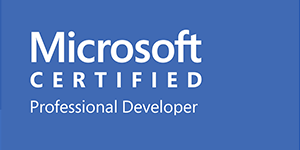
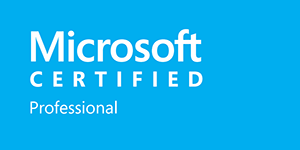

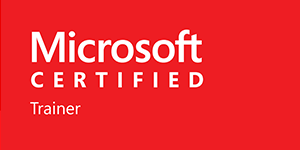





Leave a Reply